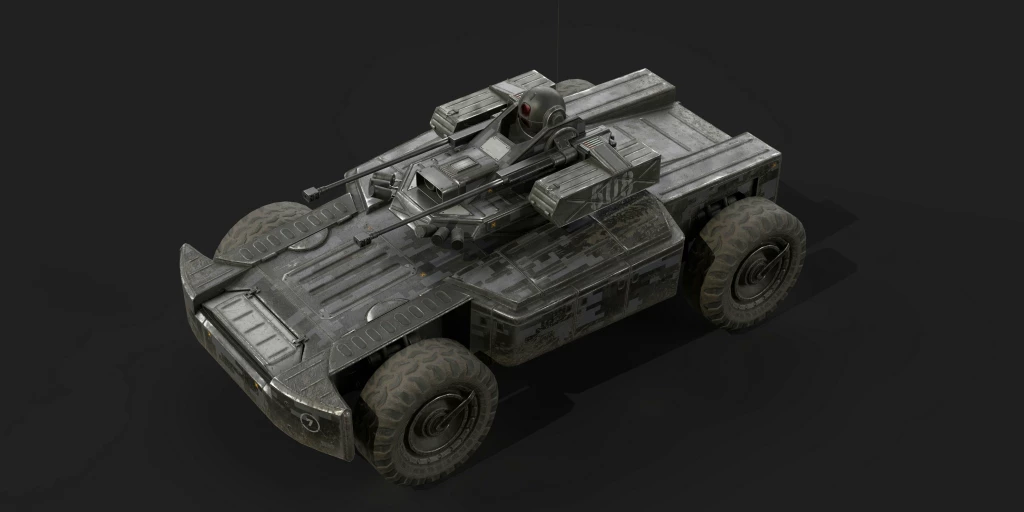Poland to update partners on Wisla missile defence
Add bookmark
Source: Glen Fawcett, DoD
Poland is to provide a major update on its efforts to establish the Wisla missile defence programme to military and industry partners
Senior officers involved in the nation’s missile defence plans will meet in Warsaw in July to address the medium-range air defence schedule and the preferences for the types of missiles and sub-systems. Selection will be based on how they meet targets for cost and operational requirements.
Colonel Tomas Jakusz, chief GBAD (Ground Based Air Defence) specialist at the Air and Missile Defence Department, will be among the members of the Polish Armed Forces set to update international partners at the Integrated Air and Missile Defence Eastern Europe conference.
Budgeting for Patriot
In the latest developments, Polish Minister of Defence, Antoni Macierewicz, issued a new request for information this year – revising the version issued in July 2016 – so as to gather clarification on how US Patriot missile defence system will be deployed within the Wisla framework.
Poland is awaiting a special authorisation (‘yockey waiver’) from Washington to implement a modular Northrop Grumman IBCS management system in conjunction with its US counterparts. The waiver will therefore allow the grant of FMS Price and Availability data or a Letter of Offer and Acceptance prior to completion of Initial Operational Test and Evaluation. The IBCS suite is to be delivered alongside all Patriot batteries.
The Polish MOD is confident that the Wisla contract will be sealed by the end of 2017 in order to meet its schedule for deliveries, beginning in 2019. A maximum of PLN 30 bn ($7.6bn) will be spent on the system. However, this threshold may prove difficult to avoid as analysts have estimated that up to 1,000 variable missiles are expected to be stocked in order to cover the plan for 12 interceptors per launcher (including 50 percent backup and reload).
What will not be requested is the GEM-T (guided enhanced missile), which has been in service with the US Army since 2006 and provided to every other Patriot customer to date. GEM-T operates on what is considered an outdated track-via-missile guidance system and the missile takes up more room in the launcher than the PAC-3/MSE rounds. Poland is therefore pushing some of the costs towards locally-produced SkyCeptor effectors and a small batch of the more expensive Missile Segment Enhancement (MSE) missiles. It will also update its radar and logistics solutions to accommodate. From delivery of the third battery (of eight; totalling 16 fire units across four battalions), 360-degree AESA GaN fire-control radars are to be adopted.
Raytheon positioned SkyCeptor sales at the low cost of $1m per round – an offer that was approved for sale in September 2016. This newly designed missile is based on the tactical ballistic interceptor Stunner developed by Raytheon initially for the Rafael David’s Sling Weapon System set to be deployed in Israel. As such, Rafael also has a stake in Wisla as a component source.
Stunner, which will also be added to Wisla’s inventory list, has a range of up to 300 km. SkyCeptor has been adapted for Polish requirements, specifically, including more attention to a hit-to-kill capability needed to counter Russia’s Iskander 9K720 (SS-26) IRBMs. Reports indicate that Russia intends to upgrade its Iskanders and deploy them to the Kaliningrad exclave bordering Poland and Lithuania within the next ten years.
Work still needs to take place on the SkyCeptors to meet NATO insensitive munitions standards, meaning that the first interim-capability Patriot fire units in service will be restricted to MSEs.
As a transfer of technology license has been authorised, missile components will be manufactured in Poland by Mesko, part of the PGZ group, while 50 per cent of the work share is promised to Polish industry.
The alternative
While the Raytheon deal looks to be steaming ahead, the alternative proposal from MEADS International remains on the table. In an effort to swing the competition, MEADS updated its offer in January. This offer would see a Lockheed Martin team establish a MEADS Complement Missile with a promise of 40 per cent production to Polish industry and a 33 per cent stake in the consortium.
In 2014, the MEADS system was thought to have been discounted as it was not already in operation with an international military – the same reason that eliminated David’s Sling from the running. However, officials are said to still be mulling the option, possibly as a backup option if the primary option falls through.
Germany is continuing with its development of a MEADS system despite the US folding its interest at a proof-of-concept phase. Italy is awaiting Germany’s contract for the system (delayed as of March 2017) before committing to its own programme.
[inlinead]






















